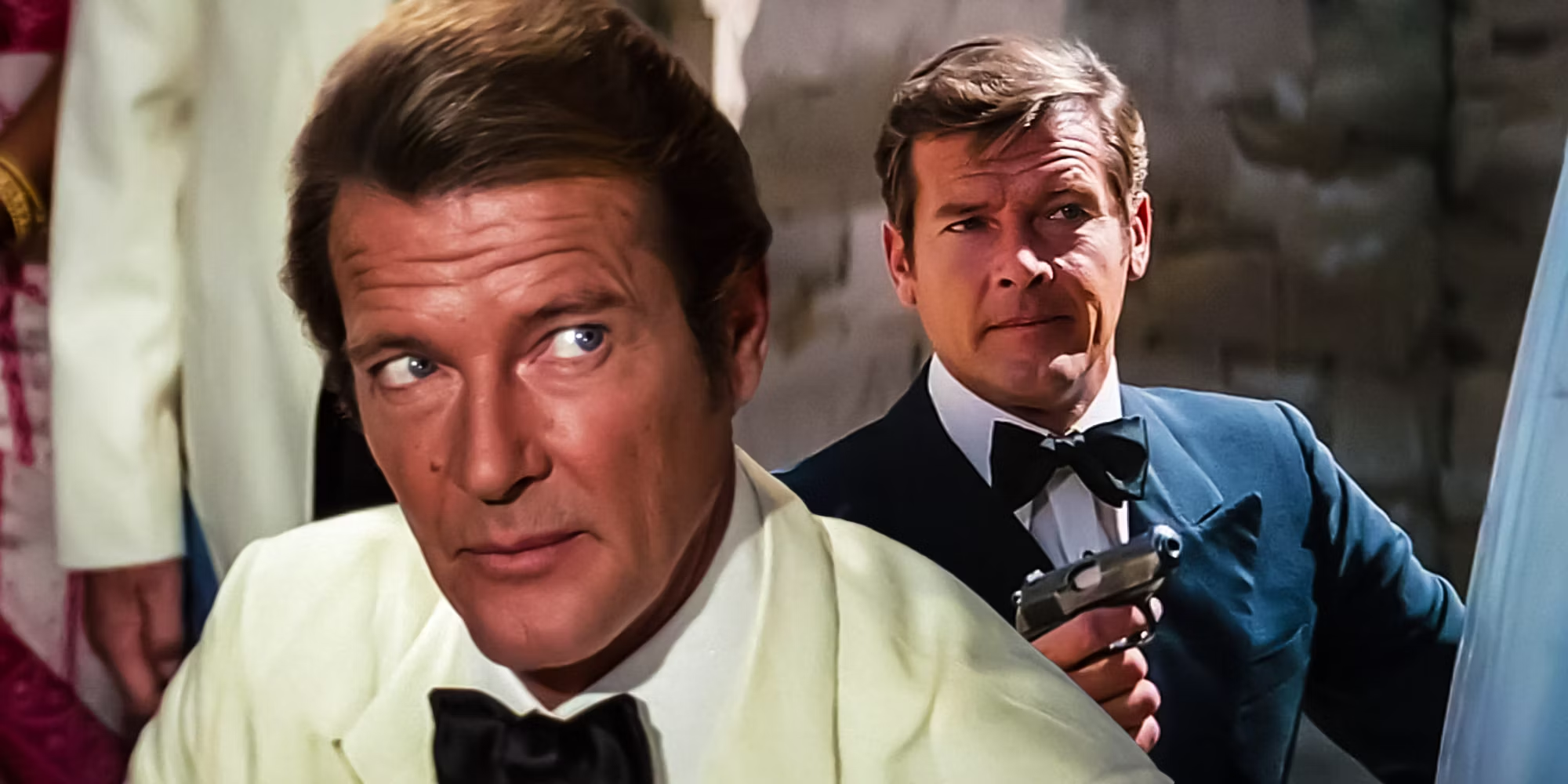The Unseen Robot in Roger Moore’s Final James Bond Film
The legacy of James Bond is punctuated by the memorable performances of various actors, each bringing their own flair to the iconic role. Among them, Roger Moore’s portrayal stands out, not only for his charming and suave demeanor but also for an unusual twist in his final appearance as the famous spy.
In the world of cinema, the use of advanced technology and special effects is a common practice, often enhancing the storytelling experience. However, in Roger Moore’s last James Bond film, an unexpected and groundbreaking decision was made. Reports have revealed that a robot, rather than Moore himself, was used in the concluding scenes of the movie.
Roger Moore, known for his impeccable style and wit, played James Bond from 1973 to 1985, gracing the screen with his presence in seven films. His final portrayal came with a mix of excitement and melancholy, as fans bid farewell to his version of the beloved character. Yet, behind the scenes, the production team faced a unique challenge that led to the unprecedented use of a robot.
As Moore approached the end of his tenure as Bond, certain physical constraints and the demanding nature of the role became apparent. To maintain the high standards of action and continuity, the filmmakers turned to robotics, a decision that was both innovative and controversial. This technological marvel was designed to replicate Moore’s movements and appearance with remarkable accuracy, allowing the film to proceed without compromising on quality.
The robot’s involvement was kept under wraps during the film’s production, ensuring that the illusion of Roger Moore’s presence was seamless. Advanced animatronics and prosthetics were employed to create a lifelike representation, complete with facial expressions and mannerisms that were quintessentially Moore. This meticulous attention to detail ensured that audiences remained unaware of the substitution, preserving the magic of the cinematic experience.
The decision to use a robot in place of Roger Moore was not made lightly. It highlighted the dedication of the filmmakers to deliver a compelling and authentic James Bond adventure, despite the challenges faced. This bold move also underscored the evolving relationship between technology and cinema, showcasing the potential for future innovations in film production.
While some purists may argue that the essence of James Bond lies in the actor’s performance, the use of a robot in Moore’s final scenes stands as a testament to the creativity and resourcefulness of the film industry. It also serves as a poignant reminder of the lengths to which filmmakers will go to honor the legacy of a beloved character and the actor who brought him to life.
Roger Moore’s tenure as James Bond may have ended with the aid of a robot, but his impact on the franchise remains indelible. His charm, wit, and sophistication continue to define the character for many fans worldwide. The revelation of the robot’s role in his final film adds an intriguing chapter to the storied history of James Bond, blending tradition with innovation in a way that only the world of 007 can.
In conclusion, the use of a robot in Roger Moore’s last James Bond film is a fascinating footnote in the annals of cinematic history. It exemplifies the relentless pursuit of excellence in filmmaking and the enduring legacy of an actor who left an indelible mark on the world of espionage and adventure. As technology continues to advance, one can only wonder what future innovations will shape the next chapters of the James Bond saga.
